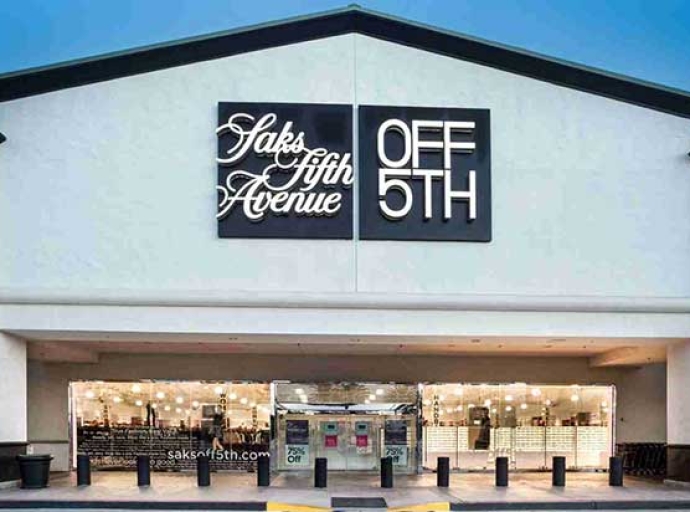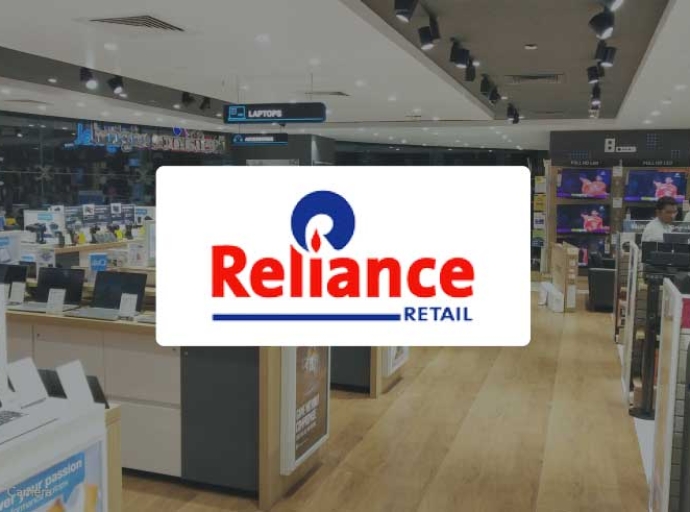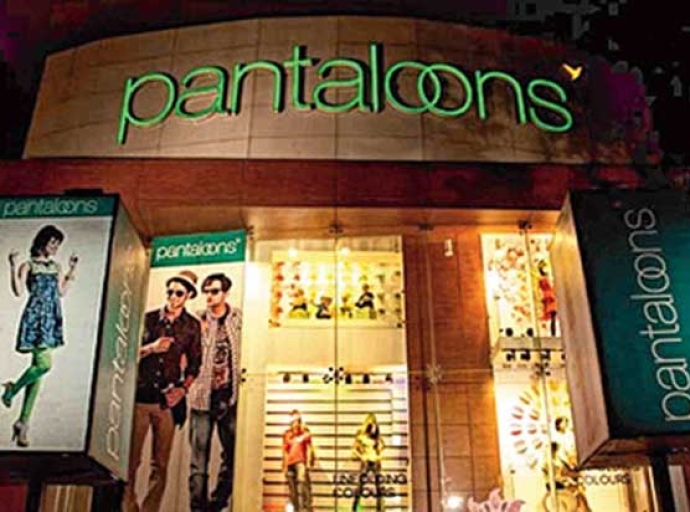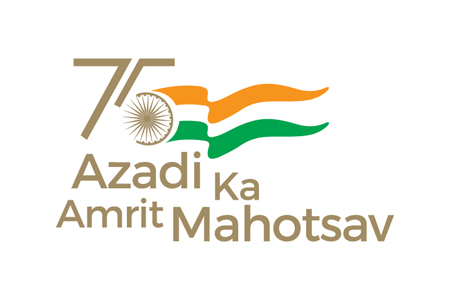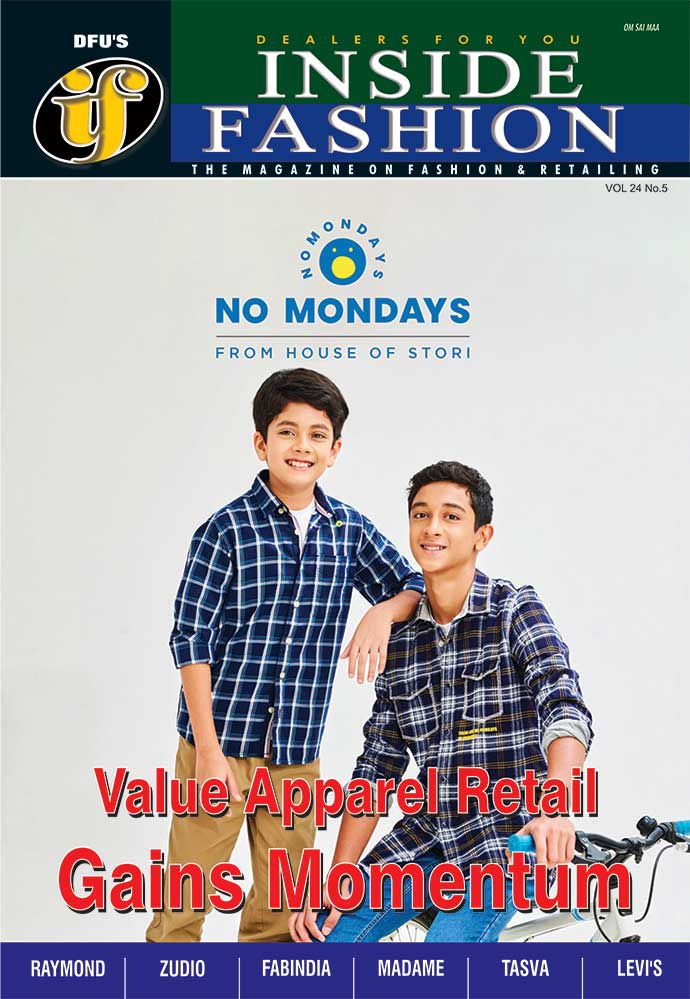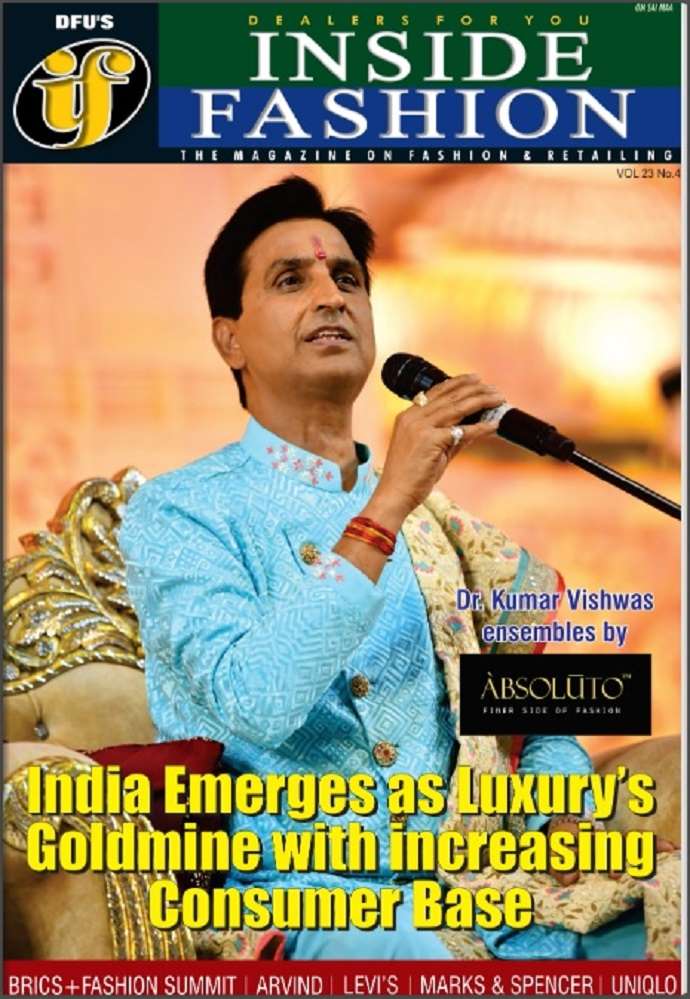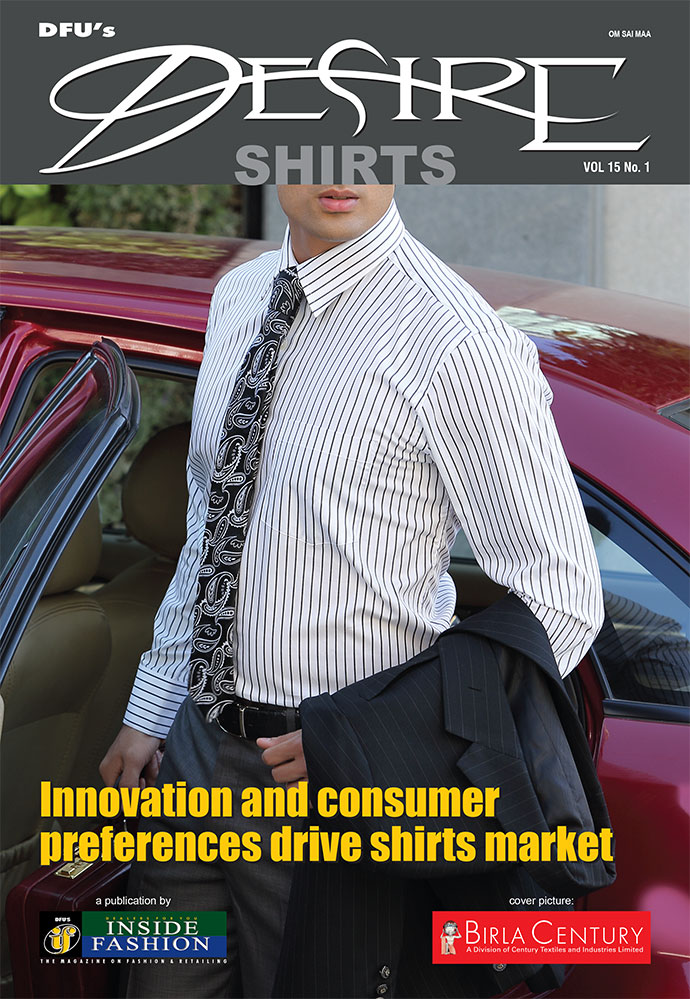FMCG market shows contrasting behavior between urban and rural consumers

17 July, Mumbai 2025
India's Fast-Moving Consumer Goods (FMCG) market is showing a distinct split in consumer behavior between its urban and rural populations. City dwellers are increasingly experimenting with unbranded products and new-age, digital-first brands, while rural consumers are demonstrating stronger loyalty to established names like Nestle, Dabur, and Hindustan Unilever (HUL), as per a report by the Times of India.
Legacy brands are steadily gaining market share in villages, primarily due to their extensive distribution networks and deep rural penetration. Conversely, digital-first brands face a long road to match this expansive reach.
Influenced by inflationary pressures and a growing trend of online product discovery, Urban households are gravitating towards unbranded goods. A recent Kantar report for FY25 reveals, unbranded products saw a notable 8.4 per cent volume growth in cities, significantly outperforming the 2.3 per cent growth in rural India.
However, the same Kantar report indicated, rural markets experienced a 5.1 per cent increase in volume for listed FMCG brands, while urban growth lagged at 2.1 per cent. This rural outperformance has been consistent for five consecutive quarters, according to NielsenIQ data for the March quarter. Analysts attribute this to factors like a strong monsoon last year, supportive government policies, and improved rural incomes.
Urban demand had slowed due to inflation, prompting consumers to opt for smaller packs and cheaper alternatives. Yet, FMCG companies are now observing early signs of a rebound in urban consumption during the June quarter.
Urban consumers are also the driving force behind the surge of digital-first brands. These new-age players, exemplified by Slurrp Farm, have carved out niche offerings and gained traction through e-commerce and quick-commerce platforms. Mayank Rastogi, EY India points out, more prominently, consumers in urban India are trading up across categories and moving away from legacy FMCG brands. New product discovery is largely happening online, a space where many traditional brands have a limited presence, he emphasizes.
In response to these diverging trends, traditional FMCG companies are now tailoring their strategies. For instance, Britannia is launching digital-first products for metro buyers while simultaneously strengthening its rural distribution. Similarly, ITC is leveraging quick commerce for urban growth and innovating on product formats and pricing for rural markets.
Latest Publications



